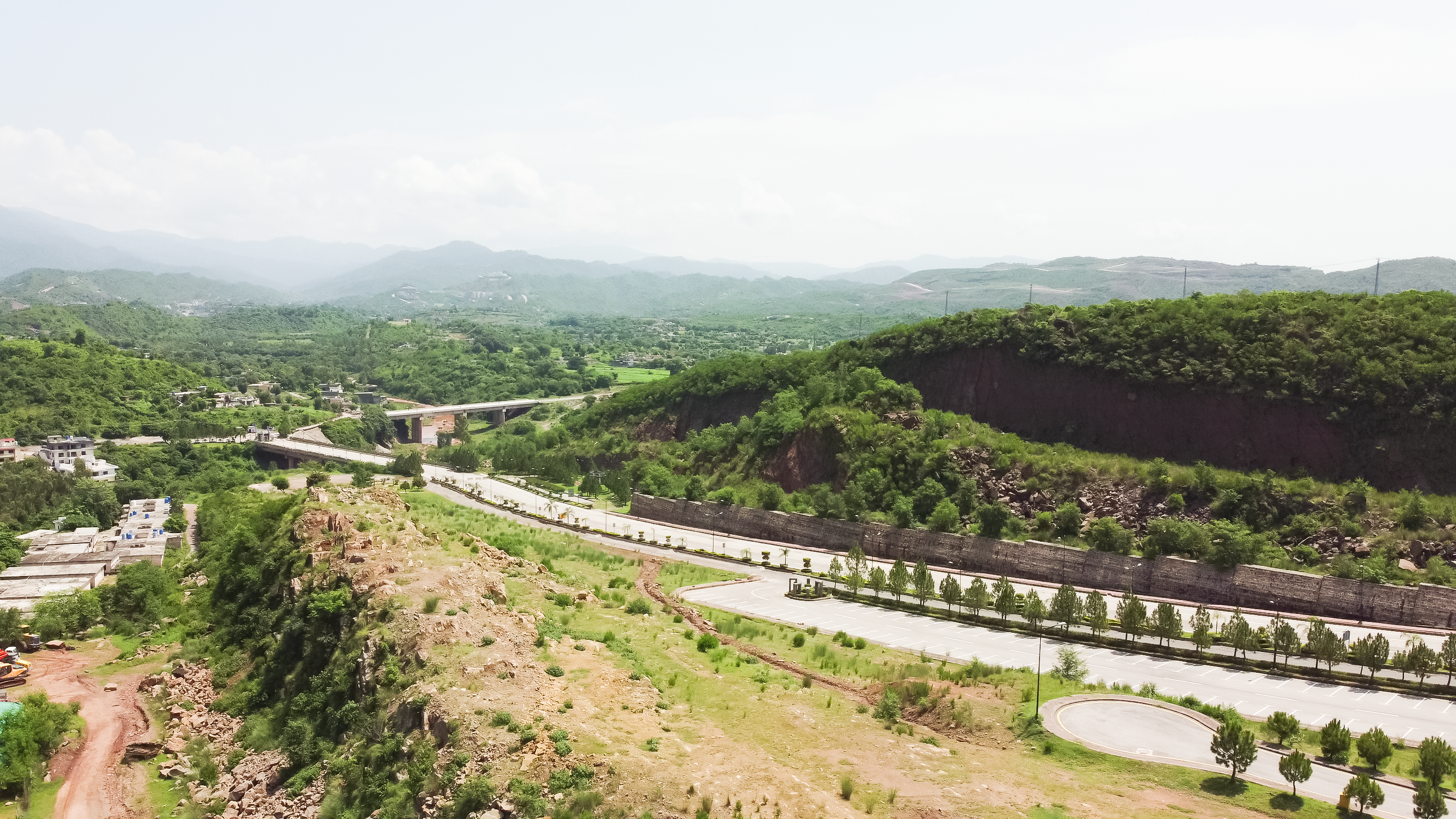In 2025, Pakistan is stepping forward with purpose, not only in healthcare, but in how it values the women who shape the country’s future. Behind this year’s most meaningful public health initiatives is a simple but powerful idea: when women are protected, generations thrive.
Pakistan is strengthening its healthcare system with a clear focus on women’s wellbeing, from targeted vaccinations for girls to a national network designed to prevent future pandemics. These are part of a broader shift: putting long-term protection in place for those who care for and raise the next generation.
Nationwide HPV Vaccination for Girls Begins in 2025
As reported by Arab News, and confirmed by WHO Pakistan, the government will launch its first-ever nationwide HPV vaccination campaign this September. Supported by WHO, GAVI, and UNICEF, the initiative will target 13 million girls aged 9–14 across Punjab, Sindh, Islamabad, and Azad Kashmir.
The vaccine offers vital protection against cervical cancer. According to WHO statistics, which claims take more than 3,200 lives in Pakistan each year. Until now, most girls in the country had no access to it,due to high costs, stigma, and limited supply.
That is now changing. Over 49,000 health workers, including vaccinators, teachers, and outreach staff, are being trained to ensure every girl, including those in low-income and rural areas, is reached and protected before adulthood begins.
Pakistan Launches New Health Surveillance System to Prevent Pandemics
Alongside the HPV rollout, another major initiative is gaining ground. In collaboration with WHO, ADB, and FAO, the Government of Pakistan is setting up a network of One Health Units across the country. According to the UN press release, the programme has secured $18.7 million from the Pandemic Fund, with over $50 million in additional technical and operational support.
These Units will connect human, animal, and environmental health systems to detect disease threats before they spread. With over 75% of new human diseases originating in animals (WHO), early warning and surveillance are now essential tools.
Led by the Ministry of National Health Services and implemented by the National Institute of Health, the programme will enhance disease monitoring and data-sharing nationwide, building a protective layer for households across every province.
Pakistan’s National Momentum: Health, Reform, and the Road Ahead
Both initiatives are part of a wider change in how Pakistan is planning for its future. Healthcare is no longer only about hospitals or treatment, it’s about prevention, access, and inclusion. And at the centre of this effort is the wellbeing of girls and women.
These efforts sit alongside major investments in infrastructure, energy, and reform, all part of a national strategy not just to revive the economy, but to improve how systems serve people, starting with those most at risk.
Women’s Health at the Heart of Pakistan’s Development Strategy
Together, the HPV vaccination campaign and the One Health Units initiative reflect a clear change in direction. Where response once followed the crisis, the country is now investing in foresight, equity, and early protection.
Women’s health is being integrated into national planning, not as an afterthought, but as a key area of investment. These shifts may look technical on the surface, but they signal something deeper: Pakistan is choosing to build resilience at the roots.
This approach can already be seen in other areas too, from public health to education to safe living environments. Developments like Luna, Lahore, Pakistan’s first purpose-built student residence for women, reflect the same values of dignity, access, and forward planning.
By protecting girls today and creating supportive systems around women, Pakistan is laying the foundations for a stronger, more inclusive future.
Recent News



